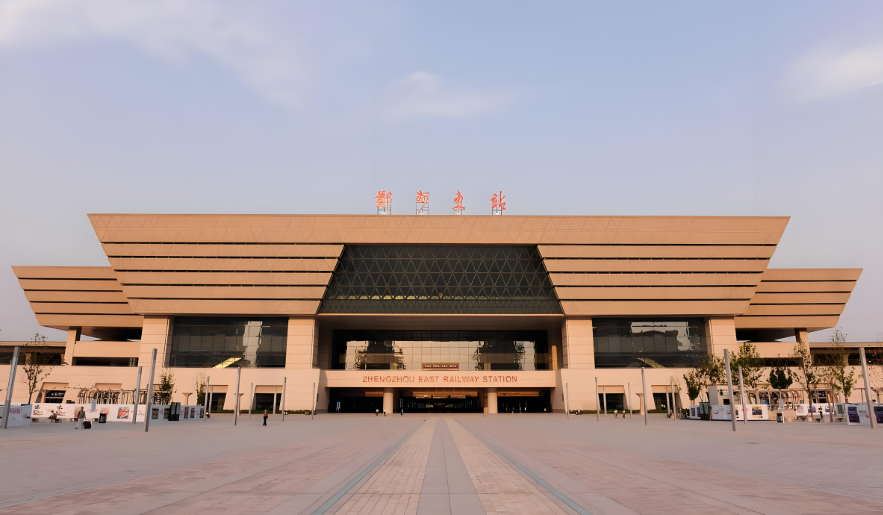Zhengzhou is a national transportation hub with comprehensive road, rail, air, and telecommunications services, establishing a transportation network comprised of rail, highway, and air transportation. The rise of modern transportation in Zhengzhou began with rail transportation in the late Qing Dynasty, highway and air transportation in the early Republic of China, and motorboat transportation in the late 1950s. Modern transportation experienced significant development during the socialist construction period following the founding of the People's Republic of China, particularly during the new era of socialist construction since the implementation of reform and opening up. However, water transportation remained underdeveloped due to natural constraints. As of April 2022, Zhengzhou boasts two airport terminals, two runways, 162 flight routes, six railway stations, two main railway lines, six high-speed rail lines, 22 rail transit lines, 11 expressways, and 37 BRT lines. By 2024, Zhengzhou will offer direct high-speed rail connections to 123 cities within a five-hour journey. Including transfers, Zhengzhou will offer rail connections to 136 cities within five hours.
Zhengzhou has three civil airports: Zhengzhou Xinzheng International Airport, Zhengzhou Shangjie Airport, and Dengfeng Shaolin Airport.
Zhengzhou Xinzheng International Airport is located in the southeast of Zhengzhou, 25 kilometers from the city center. It is one of China's eight regional hub airports and a national Class I air port. Covering 16,000 mu (approximately 16,000 mu), it features two runways, 4E and 4F, and two terminals, T1 and T2, totaling 620,000 square meters. They offer 149 passenger parking stands and nine cargo stands, accommodating an annual passenger throughput of 40 million and a cargo and mail throughput of 700,000 tons.

Zhengzhou East Railway Station, located in Zhengzhou, Henan Province, China, serves as the hub of the "M"-shaped high-speed rail network encompassing the Zhengzhou-Chongqing High-Speed Railway, the Jinan-Zhengzhou High-Speed Railway, the Beijing-Guangzhou High-Speed Railway, the Xuzhou-Lanzhou High-Speed Railway, the Zhengzhou-Fuyang High-Speed Railway, the Zhengzhou-Taiyuan High-Speed Railway, and the Beijing-Hong Kong High-Speed Railway. It also serves as a transportation hub integrating multiple modes of transportation, including high-speed rail, intercity rail, urban subway, highway passenger transport, city buses, airport shuttle buses, and taxis.
Construction of Zhengzhou East Railway Station began on June 29, 2009; static acceptance inspection was completed on August 24, 2012; and it was put into operation on September 28, 2012.
As of December 28, 2020, Zhengzhou East Railway Station has a total construction area of 412,000 square meters, with a total station building area of approximately 150,000 square meters. The station has 16 platforms and 32 tracks, with a designed peak passenger capacity of 7,400 per hour and a maximum passenger capacity of 5,000.
